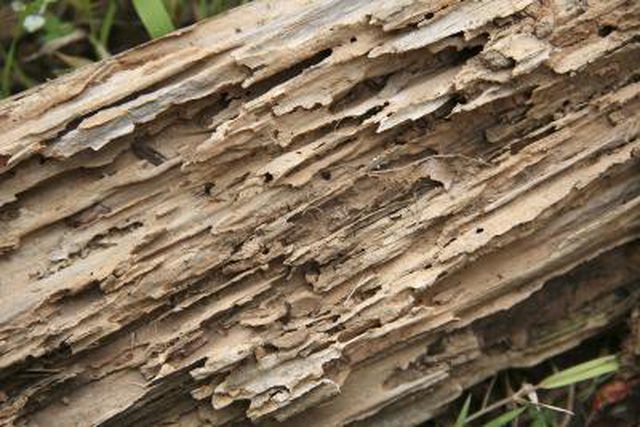Bulbs
Flower Basics
Flower Beds & Specialty Gardens
Flower Garden
Garden Furniture
Garden Gnomes
Garden Seeds
Garden Sheds
Garden Statues
Garden Tools & Supplies
Gardening Basics
Green & Organic
Groundcovers & Vines
Growing Annuals
Growing Basil
Growing Beans
Growing Berries
Growing Blueberries
Growing Cactus
Growing Corn
Growing Cotton
Growing Edibles
Growing Flowers
Growing Garlic
Growing Grapes
Growing Grass
Growing Herbs
Growing Jasmine
Growing Mint
Growing Mushrooms
Orchids
Growing Peanuts
Growing Perennials
Growing Plants
Growing Rosemary
Growing Roses
Growing Strawberries
Growing Sunflowers
Growing Thyme
Growing Tomatoes
Growing Tulips
Growing Vegetables
Herb Basics
Herb Garden
Indoor Growing
Landscaping Basics
Landscaping Patios
Landscaping Plants
Landscaping Shrubs
Landscaping Trees
Landscaping Walks & Pathways
Lawn Basics
Lawn Maintenance
Lawn Mowers
Lawn Ornaments
Lawn Planting
Lawn Tools
Outdoor Growing
Overall Landscape Planning
Pests, Weeds & Problems
Plant Basics
Rock Garden
Rose Garden
Shrubs
Soil
Specialty Gardens
Trees
Vegetable Garden
Yard Maintenance
Correct Application and Dangers of Termidor
Correct Application and Dangers of Termidor. Termidor, short for Termidor SC, most often serves as a subterranean termiticide application. Occasionally it's applied to kill ants. The only difference between the products available to homeowners and professionals is the quantity in which it's sold. The "SC" stands for "suspended...

Termidor, short for Termidor SC, most often serves as a subterranean termiticide application. Occasionally it's applied to kill ants. The only difference between the products available to homeowners and professionals is the quantity in which it's sold. The "SC" stands for "suspended concentrate." Termidor is not recommended as a termite killer indoors. Drywood termites are usually found inside the house, where a nontoxic wood treatment, such as borate, is a more effective option.
Toxicity
The active ingredient in Termidor is a chemical called fipronil, which works by blocking receptors in the brains and nervous systems of living organisms. It's LD50 rating is 177 -- that means it requires 177 milligrams per kilogram of body weight to kill 50 percent of laboratory animals exposed to it. The level of exposure that causes an observable effect in laboratory animals is 5 milligrams per kilogram, so even small amounts can cause headache, nausea, dizziness and weakness. Children and small animals can be harmed or killed by much smaller amounts. Children are more sensitive to pesticides in general than adults are, as their systems are still developing and they are less able to safely process poisons out of their bodies. Small animals may show such symptoms as irritation, lethargy, uncoordinated movement and convulsions from overexposure to fipronil. Fipronil can also disrupt thyroid function and causes thyroid cancer in rats at doses of 300 parts per million. Take great care when mixing and using Termidor.
Precautions
Always wear long sleeves and pants, nonabsorbent gloves, eye protection and a mask when working with Termidor or other poisons. This is not the time for children or pets to romp in the yard. Always read the container label carefully for particular first aid and safety instructions, and don't use the chemical for purposes not listed on the label. The label is a legal document and using the chemical for off-label purposes is illegal -- in some cases, a felony. Avoid letting any of the diluted or undiluted chemical run or drift into a waterway, as it is particularly dangerous to amphibians and fish. You could also inadvertently expose pets and people who come in contact with waterways or gutters. Do not use the product near a water well. Termidor is an outdoor chemical. Don't use Termidor indoors except for spot treatments in areas that are sealed away from contact, such as inside a closed wall space.
The Underground Lifestyle
Termites constantly make social contact with other members of their respective nests, including their queens and young. The active ingredient in Termidor is not an immediate knockdown chemical, so insects that travel through it have time to share bits of it as they make contact with other nest members. Subterranean termites can't abide sunlight and must have a humid environment to thrive. Thus, they travel only underground, accessing your wood structures from below via mud tubes they construct when it's dark and cool. In order for the termites to come in contact with the Termidor, the chemical must be placed where they are likely to pass through: the soil near and under your home.
Application for Subterranean Termites
Lock pets in the house before you begin. The recommended method for applying Termidor is to pour it into a ditch 6 inches deep and 6 inches wide all around the perimeter of your house, and right up against the foundation. In order to ensure an even application, leave little dirt walls in the trench at 10-foot intervals to create a series of long, skinny pools. Mix 0.8 ounce of Termidor suspended concentrate per every gallon of water in a bucket and fill each 10-foot section with 4 gallons of solution. Double-check the label for dilution rates, as formulations are sometimes changed by the manufacturer. When the material has soaked in, back-fill the ditch. If your perimeter barrier is interrupted by a concrete driveway or sidewalk slab, use a concrete dill to punch holes through to the soil beneath. Follow up by pouring the appropriate amount of solution into the the holes, using a funnel. This could take some patience, as the compacted soil beneath the slab may be slow to soak it up. Clean all tools and the bucket thoroughly with soap and water when you're done.